Study: How people are using ChatGPT
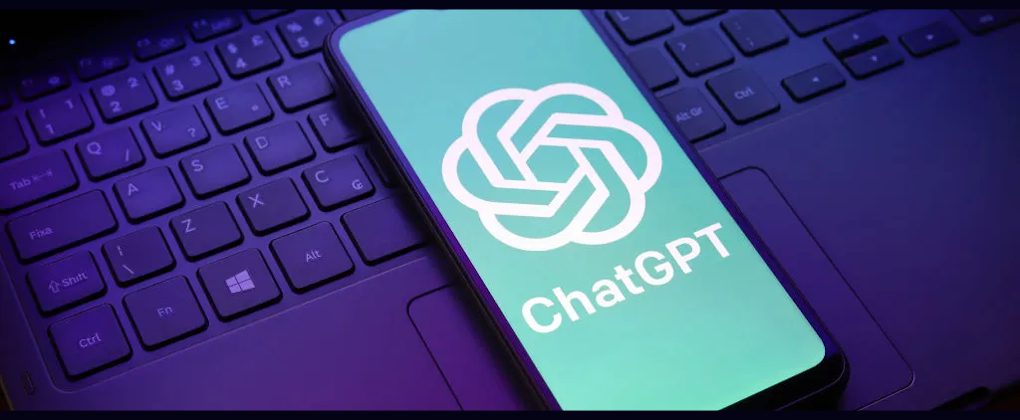
The largest study to date on consumer ChatGPT usage reveals that demographic gaps are shrinking, with economic value being created through both personal and professional use. OpenAI has released the most comprehensive report to date on consumer use of ChatGPT. An unprecedented study that analyzes 1.5 million conversations spanning three years, capturing insights from a global community of 700 million weekly users.
Far from reinforcing early assumptions, the findings reveal surprising patterns in how people are integrating generative AI into their daily lives.
OpenAI is just releasing the largest study to date of how people are using ChatGPT, offering a first-of-its-kind view into how this democratized technology creates economic value through both increased productivity at work and personal benefit.
The findings show that adoption has expanded beyond early-user groups, especially reducing the gender gap; that most conversations center on everyday tasks like seeking information and practical advice; and that usage continues to develop in ways that create economic value across work, education, and daily life.
This widening adoption underscores the belief that access to AI should be treated as a basic right, a technology that enables people everywhere to unlock their potential and shape their own future.
The research behind the report
The study, published as a National Bureau of Economic Research (NBER) working paper by OpenAI’s Economic Research team and Harvard economist David Deming, is based on a privacy-preserving analysis of 1.5 million conversations between May 2024 and June 2025.
With 700 million weekly active users—around 10% of the world’s adult population—this is the most comprehensive study ever released on actual consumer use of AI.
While the data focuses on consumer plans (Free, Plus, Pro) rather than enterprise or education tiers, it provides a detailed picture of real-world patterns and economic value creation.
Download the full working paper here.
Who’s using it?
The report stated that:
- Gender: Early adoption was heavily male (80% in 2022), but by mid-2025, ChatGPT users with typically feminine first names slightly outnumbered those with masculine names (52% vs. 48%).
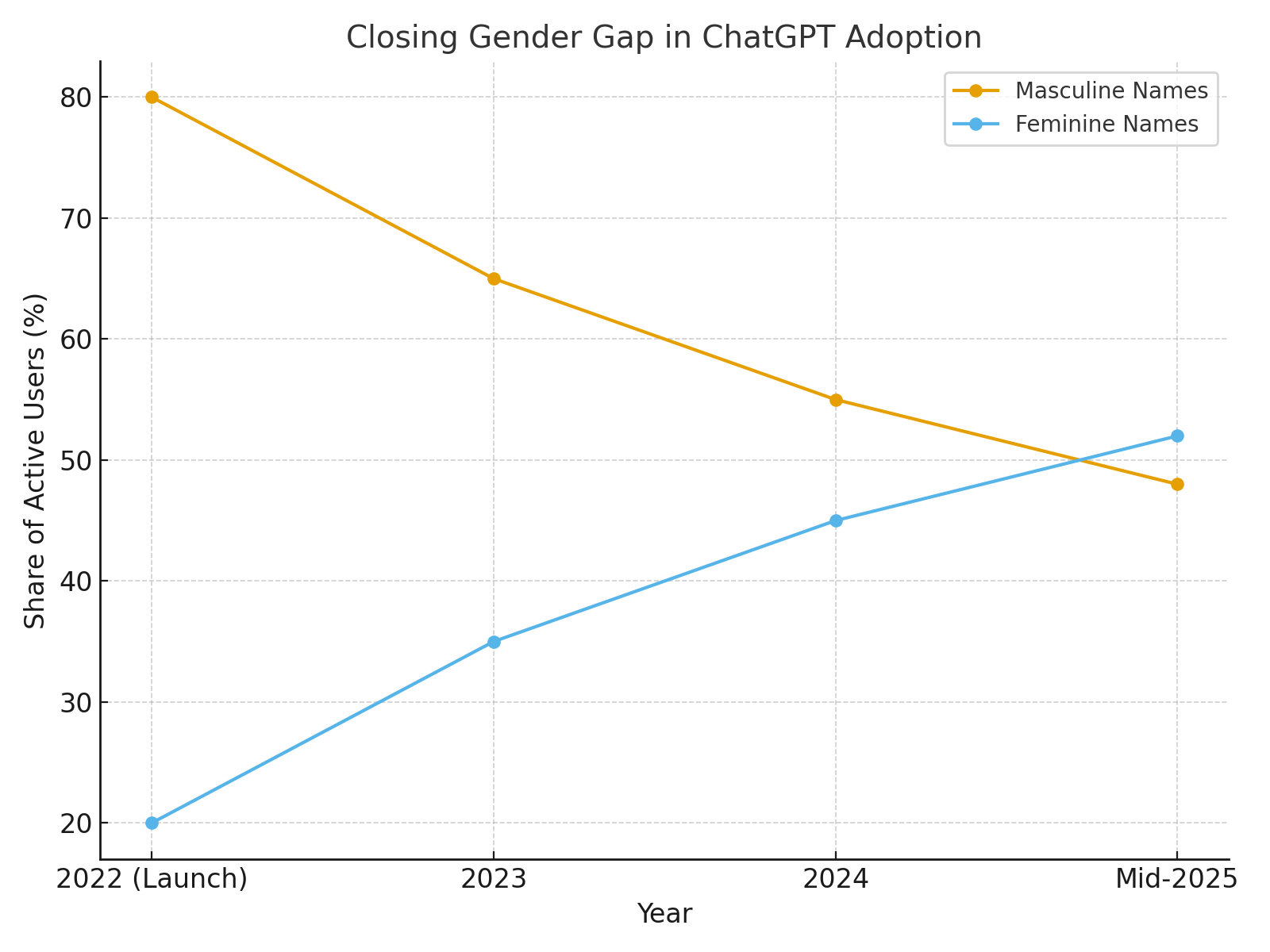
- Age: Young adults are leading the way. Nearly half of all messages are sent by users under 26, but usage is expanding across age groups. Older users tend to send a higher share of work-related queries.
- Education & Occupation: Work-related use is more common among educated users and professionals. For example, management and business users rely most on ChatGPT for writing tasks, while engineers and scientists lean more on technical help.
- Countries: Growth has been fastest in low- and middle-income countries. By 2025, adoption rates in these regions were more than 4x higher than in high-income countries.
Egypt & the Middle East perspective
In Egypt and across the Middle East, ChatGPT is becoming a daily productivity tool, particularly for students, entrepreneurs, and young professionals. The high share of Arabic-speaking youth (over 60% of the region’s population is under 30) is fueling adoption in education, freelancing, and digital entrepreneurship.
- Language & Education: Egyptian students are using ChatGPT for tutoring, translation, and writing support, while startups increasingly rely on it for market research and proposal drafting.
- Gender Gap Closing: Similar to global patterns, adoption in the Middle East is shifting from a male-dominated early phase to a more balanced landscape. Women entrepreneurs and professionals in Egypt are leveraging ChatGPT for business plans, marketing content, and technical upskilling.
- Professional Use: In Egypt’s ICT sector, professionals are turning to ChatGPT for decision support, coding assistance, and client communications.
What are people using it for?
Work vs. Non-Work: By mid-2025, 73% of usage was non-work-related, up from 53% a year earlier. This reflects strong adoption for education, home life, and personal decision-making. The study shows that nearly 80% of all usage falls into three broad categories:
- Practical Guidance (29%) – tutoring, teaching, creative ideation, how-to advice.
- Seeking Information (24%) – searching for facts, current events, recipes, or products.
- Writing (24%) – drafting, editing, summarizing, or translating text.
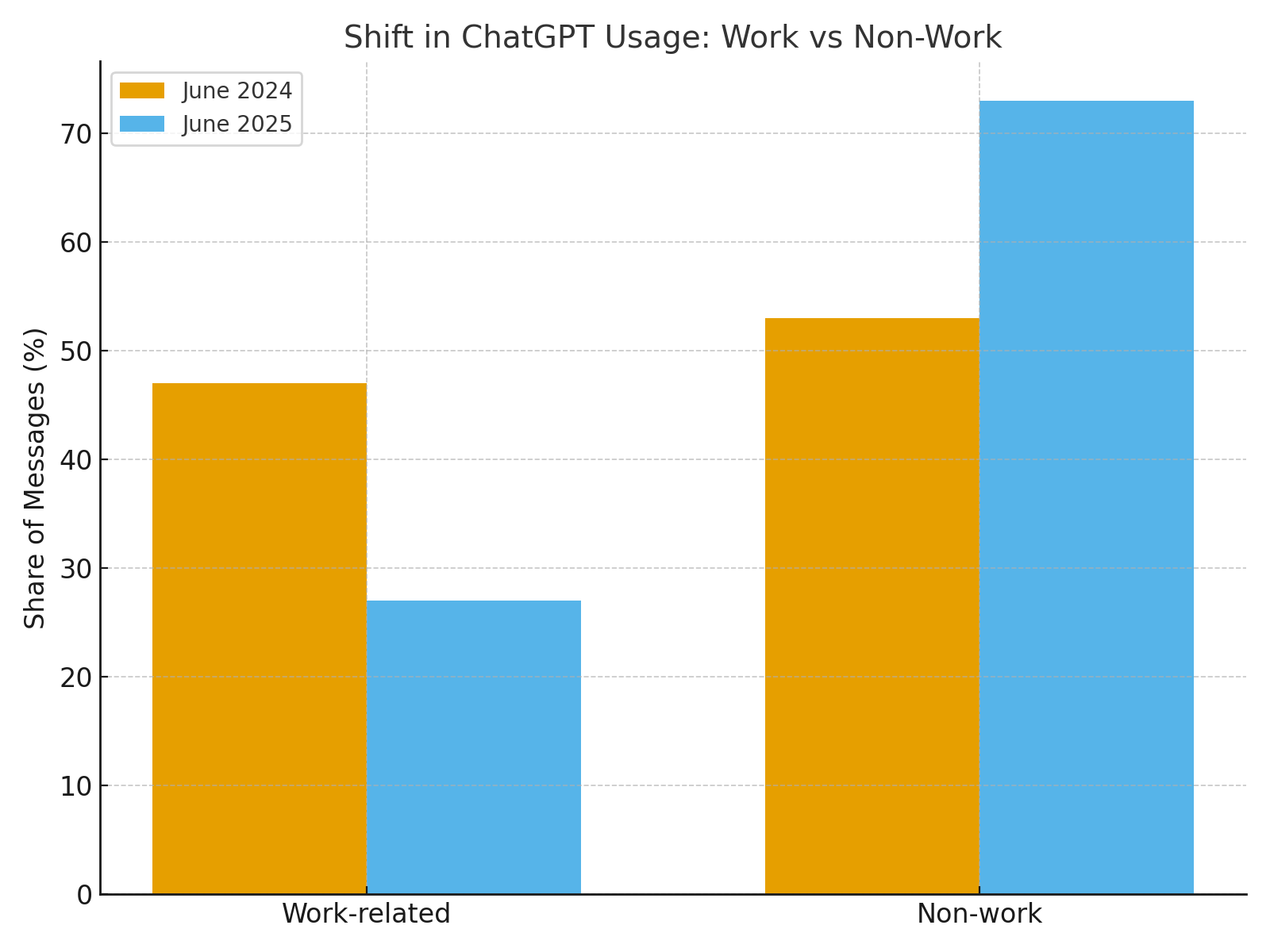
Other categories are smaller but growing:
- Technical Help (coding, math, data analysis) – 5% of messages.
- Multimedia (image generation, media creation) – rose from 2% in 2024 to over 7% after new image features launched in 2025.
- Self-expression (chat, reflection, roleplay) – about 2.4%.
How are people using it?
The researchers introduced a simple “Ask–Do–Express” framework:
- Asking (49%) – seeking advice, explanations, or decision support.
- Doing (40%) – task completion like drafting emails, writing code, or creating plans.
- Expressing (11%) – personal reflection, play, or creative exploration.
Work-related use skews more toward Doing (56%), especially writing tasks. Non-work use skews toward asking, showing people increasingly see ChatGPT as a trusted advisor. Across professions, the most common activities were information gathering, problem-solving, and decision-making—highlighting ChatGPT’s role as a digital co-pilot.
Why this matters for Egypt’s innovation ecosystem
For Egypt and the wider region, the study highlights three important opportunities:
- Closing gaps: AI adoption is leveling across gender and income groups, giving equal access to productivity tools.
- Empowering youth: With the region’s large youth population, tools like ChatGPT can accelerate education, employability, and digital entrepreneurship.
- Boosting innovation: As Egypt pushes forward with its digital transformation and AI strategy, ChatGPT is already embedding itself into the workflows of students, startups, SMEs, and professionals.
- Productivity & Creativity: In Egypt’s fast-growing freelancing and startup ecosystems, ChatGPT is already enabling faster proposal writing, better communication, and new product ideas—value not fully captured by traditional economic measures like GDP.
Final Thoughts
The data confirms that ChatGPT is not just a novelty tool but a structural enabler of productivity and decision-making. By July 2025, more than 2.5 billion messages were exchanged daily, equivalent to 29,000 messages per second, underscoring its role as a mainstream digital infrastructure.
Three key insights stand out:
- Non-work adoption outpaces work usage – In just one year, the share of non-work-related conversations jumped from 53% to 73%, highlighting ChatGPT’s growing relevance for education, personal productivity, and everyday life management. This trend is particularly significant in regions like Egypt, where youth and students are major drivers of digital adoption.
- Writing is the universal task – Across occupations, writing-related tasks account for 40% of work use. Whether drafting emails in Cairo’s business sector or preparing academic essays in Alexandria’s universities, writing emerges as the “common denominator” where generative AI creates measurable value.
- Decision support is the hidden engine of impact – Nearly half of all interactions are classified as Asking (49%), reflecting users’ reliance on ChatGPT as a trusted advisor rather than just a task executor. This aligns with findings that knowledge-intensive jobs benefit most from AI’s role in improving judgment and problem-solving.
For Egypt and the Middle East, the implications are profound: generative AI is reshaping not only how work is done, but also how knowledge is accessed, shared, and applied. As adoption spreads across gender, age, and income groups, ChatGPT is positioning itself as a cornerstone of inclusive digital innovation transformation. Read the paper: For the complete results, methodology, and robustness checks, see the full working paper.





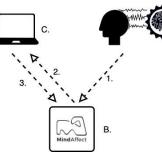


















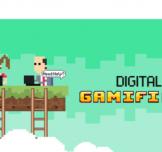






















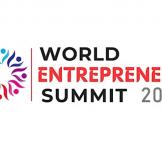
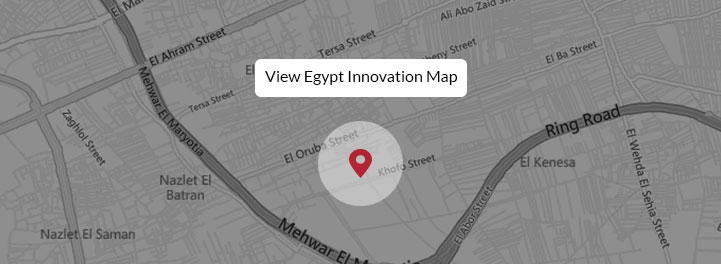




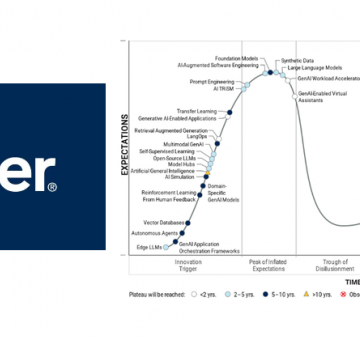

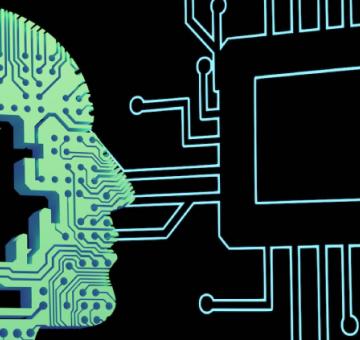


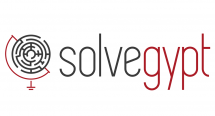



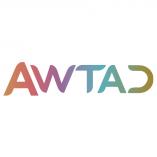




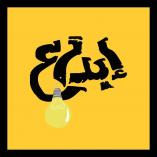

EgyptInnovate site is not responsible for the content of the comments